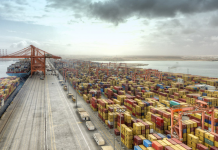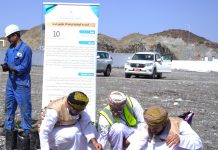Free Trade Zones (FTZs) and Special Economic Zones (SEZs) have been a top priority for economies worldwide. Business, industries, investors and policymakers — everyone wants to set up in free zones.
According to World Investment Forum, there are some 5,400 free zones across 147 economies today, up from about 4,000 five years ago, and more than 500 new SEZs are in the pipeline.
Yet, free economic and trade zones still have a long way to go.
Governments need to work closely with investors and understand their requirements. Apart from tax benefits, how else can economies contribute to business and investors. Other benefits which investors focus on are reach and connectivity, infrastructure, regulatory support, availability of skilled labours and so on.
A solid regulatory framework, strong institutions and good governance are critical to make the zones success.
There is also increased competitive pressure. SEZs, especially EPZs, traditionally attract internationally mobile efficiency-seeking investments, for which countries compete.
Despite the emergence of new forms of zones linked to natural resources, aimed at domestic markets or targeting innovation capabilities (e.g., science, high-tech or green zones), most SEZs remain essentially part of countries’ competitive investment promotion package, together with other forms of incentives. Global FDI has been weak over the last decade.
Read BusinessLive Middle East’s Free Trade Zones & Special Economic Zones Special Report 2019-20
INTRODUCTION: Free-trade Zones & Special Economic Zones
CHAPTER 1: Booming Business of Free Zones
CHAPTER 2: Finding Value in Free Trade Zones
CHAPTER 3: Future of Free Zones
CHAPTER 4: Challenges Faced by Investors in Free Trade Zones
CHAPTER 5: Special Feature – Ras Al Khaimah Economic Zone at a Glance






